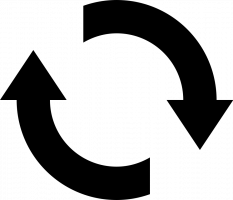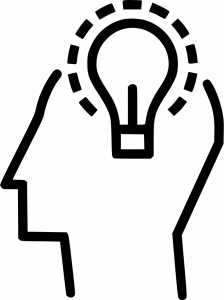Meeting and Project Management

LEARN
Imagine traveling from point A to point B. You need a roadmap. The same holds true for meetings. OARRS (outcomes, agenda, roles, responsibilities, summary) provides a useful structure.
- First identify the destination: where are you going? This is your outcome(s).
- Next, identify the path to get there. This is your agenda, and it will help achieve your desired outcome(s).
- Then, identify the various roles you need for the journey (facilitator, note-taker, time-keeper).
- It’s important to set the terms for participant behavior. These are shared responsibilities. How do you want to treat each other, how will you make decisions, etc.
- Finally, summarize the takeaways to ensure everyone is on the same page.

APPLY
A shared agenda that includes meeting outcomes will clarify meeting structure and keep your group focused. Make this visible to all, and consider these questions in advance:
- Outcome: What do you need to accomplish during your time together?
- Agenda: What is the plan/process to meet your desired outcome(s)? How much time do you need to discuss each item?
- Roles: Who is leading the meeting? Taking notes? Keeping time?
- Responsibilities: What are your expectations for behavior, timeliness, etc? Clearly identify other group guidelines.
- Summary: What did you decide? What are the next steps and who is responsible?

ADAPT & REFLECT
- What are the outcomes in service of? What’s your larger vision for your community?
- How might you adapt this tool to be more inclusive?
- How might this tool cater to different learning styles?
- Take time to step back and assess what you’re currently doing:
- What worked well for you when using this tool?
- What would you do differently next time when using this tool?
- What additional support do you need?
OARRS is adapted from David Sibbet and Grove Consulting.